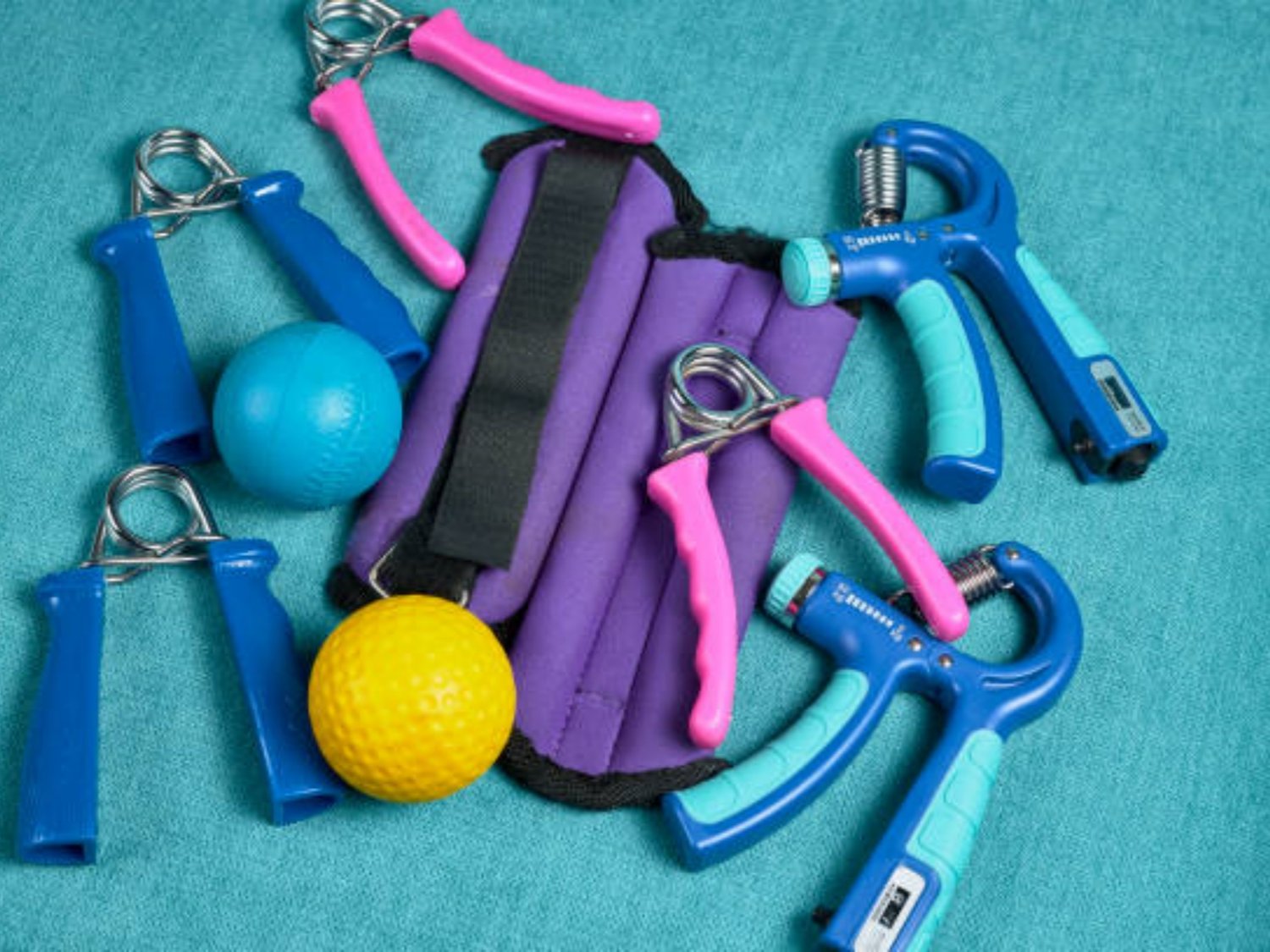What are dual hook tension springs?
Dual hook tension springs are a type of mechanical spring that is designed to create tension or resist force when stretched or compressed. These springs are unique because they feature two hooks on either end, allowing for easy installation and secure attachment. They are commonly used in various industries and applications, including automotive, aerospace, medical, and more. In this article, we will explore the different aspects and benefits of dual hook tension springs.
The Design and Construction of Dual Hook Tension Springs
Dual hook tension springs are typically made from high-quality materials such as stainless steel or high-carbon steel. These materials offer excellent strength and durability, ensuring that the springs can withstand heavy loads and repeated use without losing their performance. The springs are designed with a helical shape, which allows them to store and release energy when subjected to external forces.
Applications of Dual Hook Tension Springs
Dual hook tension springs find wide applications in various industries due to their versatile nature. One common application is in automotive suspension systems, where these springs help absorb shocks and vibrations to provide a smoother ride. They are also used in medical devices, such as prosthetics and rehabilitation equipment, to provide controlled tension and movement.
Advantages of Dual Hook Tension Springs
Dual hook tension springs offer several advantages over other types of springs. Firstly, their dual hook design allows for secure attachment, reducing the risk of detachment or failure. Additionally, they provide consistent and reliable tension, ensuring that the desired force is maintained throughout their lifespan. The versatile nature of these springs makes them suitable for a wide range of applications, offering flexibility to designers and engineers.
Factors to Consider when Choosing Dual Hook Tension Springs
When selecting dual hook tension springs for a specific application, several factors should be taken into consideration. These include the required tension force, the environment in which the springs will be used, temperature variations, and the expected lifespan of the springs. It is crucial to consult with a knowledgeable supplier or engineer to ensure that the selected springs meet the specific requirements of the intended application.
Installation and Maintenance of Dual Hook Tension Springs
Proper installation and maintenance are essential to ensure the optimal performance and longevity of dual hook tension springs. During installation, it is important to ensure that the hooks are securely attached and properly aligned to prevent any stress concentrations. Regular inspection and lubrication can help prevent corrosion and prolong the lifespan of the springs. If any signs of wear or damage are detected, it is recommended to replace the springs to avoid potential failures.
Common Issues and Troubleshooting
While dual hook tension springs are highly reliable, they may encounter certain issues over time. One common issue is loss of tension, which can be caused by fatigue or excessive stretching. In such cases, replacing the springs with new ones of the appropriate tension is necessary. Other issues may include corrosion, deformation, or improper alignment. Regular inspection and maintenance can help identify these issues early on and prevent any potential problems.
Cost Considerations of Dual Hook Tension Springs
The cost of dual hook tension springs can vary depending on factors such as the material used, size, and quantity required. While these springs may have a higher upfront cost compared to other types of springs, their durability and reliability make them a cost-effective choice in the long run. Investing in high-quality springs from reputable manufacturers can help avoid frequent replacements and minimize downtime.
Conclusion
Dual hook tension springs are an essential component in many industries, providing reliable tension and resistance to external forces. Their unique design and versatile nature make them suitable for various applications, from automotive to medical. By considering factors such as the intended use, environment, and maintenance, engineers and designers can select the right dual hook tension springs to ensure optimal performance and longevity.

